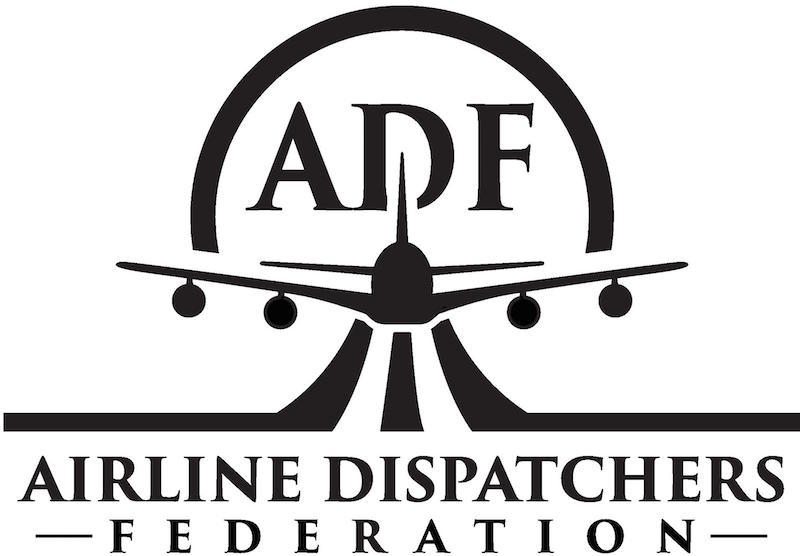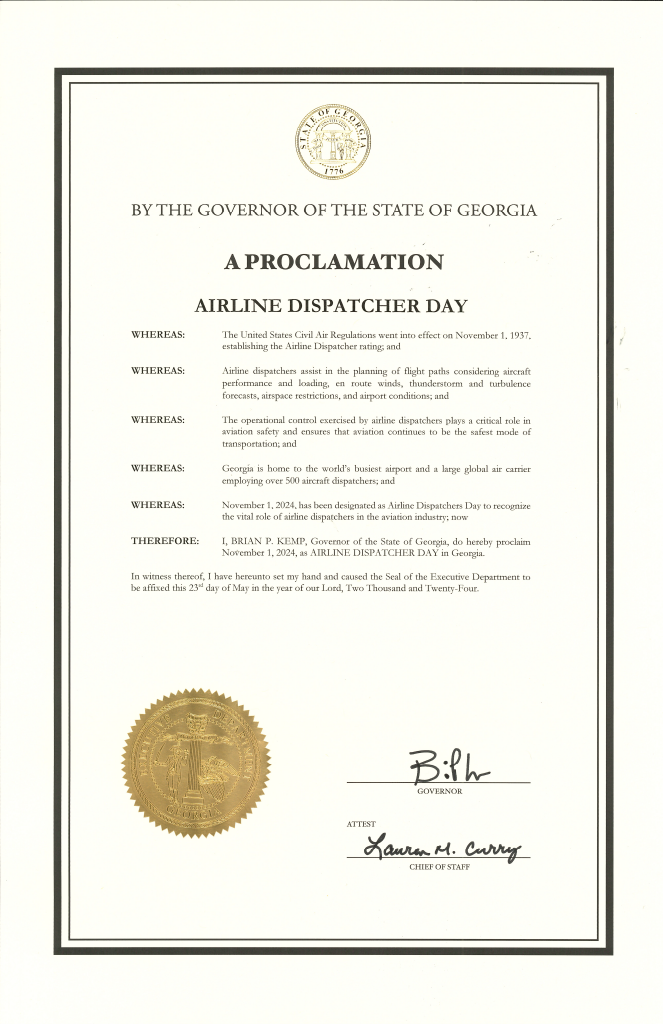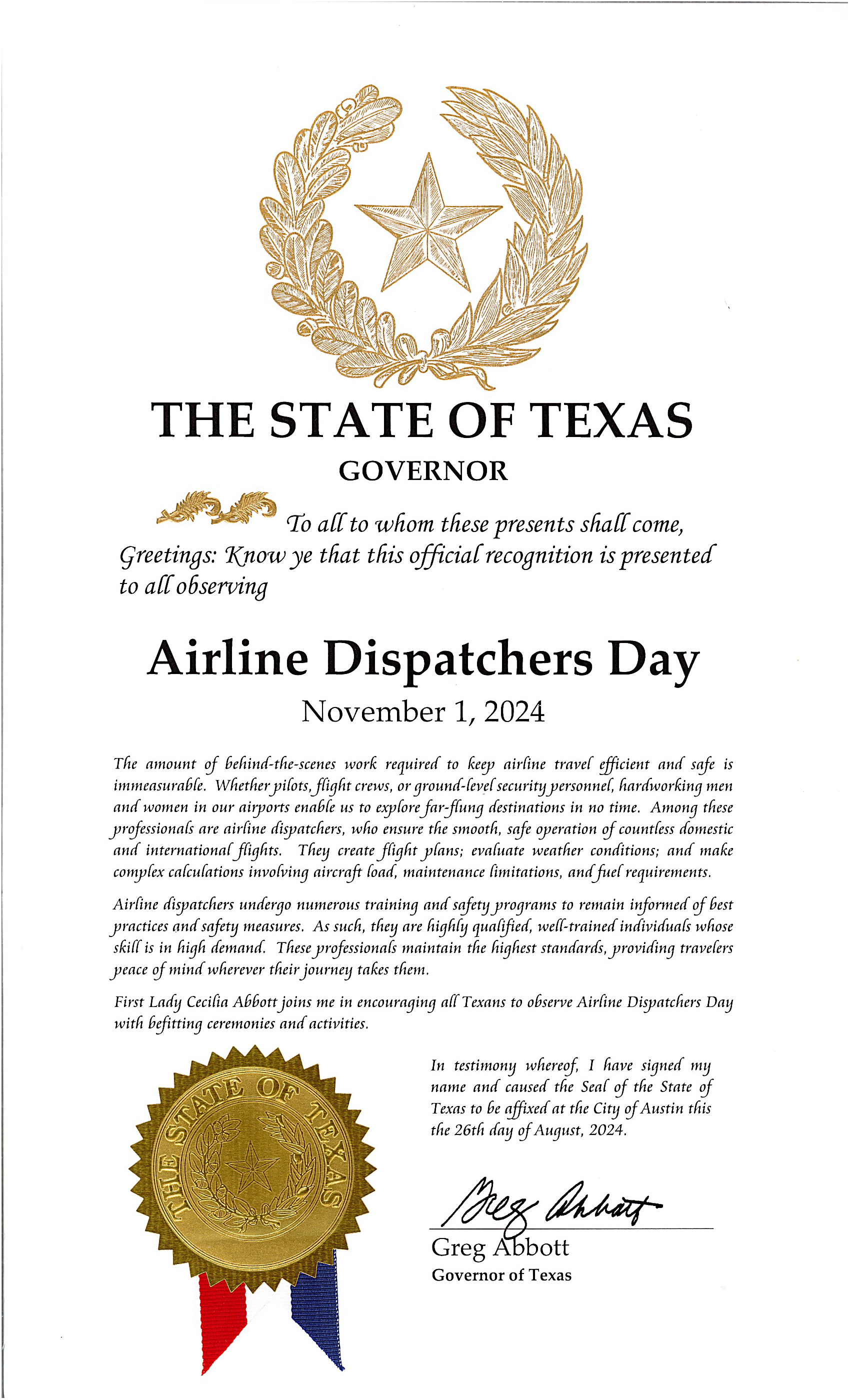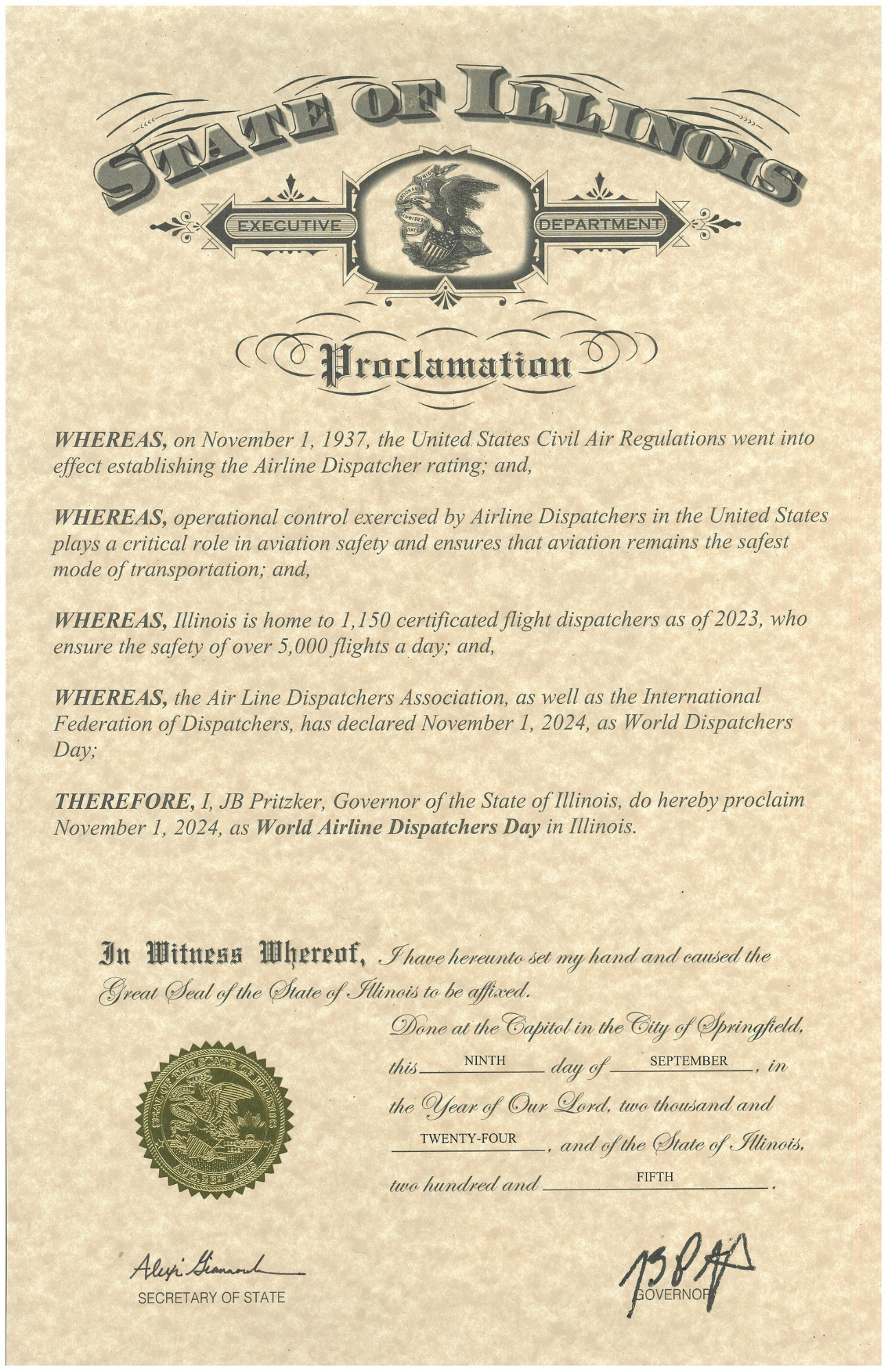November 1st 1937

The Birth of a Profession
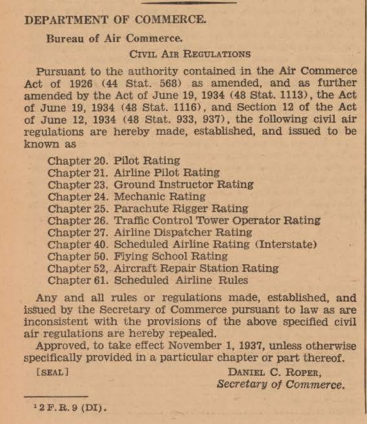 On November 1st, 1937, Chapter 27 of the Civil Air Regulations went into effect, creating the Airline Dispatcher Rating.
On November 1st, 1937, Chapter 27 of the Civil Air Regulations went into effect, creating the Airline Dispatcher Rating.
Technically, the first dispatchers worked for the Post Office Department and their history dates back to 1920, when the Post Office Department issued orders to establish the first air mail radio stations along the transcontinental air mail routes. Air mail radio station personnel provided an early flight following service, with the departure time and a coded flight plan teletyped to all stations along the route. They also provided weather observations to the pilots. When the Air Mail Act of 1925 authorized the Post Office Department to contract with airlines to carry the mail, a profitable commercial airline industry was born.
As air travel became increasingly complex, airlines recognized the need for specialized professionals who could coordinate flights and ensure safety through comprehensive flight planning and monitoring.
The watershed moment came in late 1937 when the Civil Air Regulations established the requirement for dispatcher certificates. This legislation recognized dispatchers as equal partners with pilots in the safety and operational control of flights—a revolutionary concept that remains fundamental to modern aviation.
A Legacy of Safety
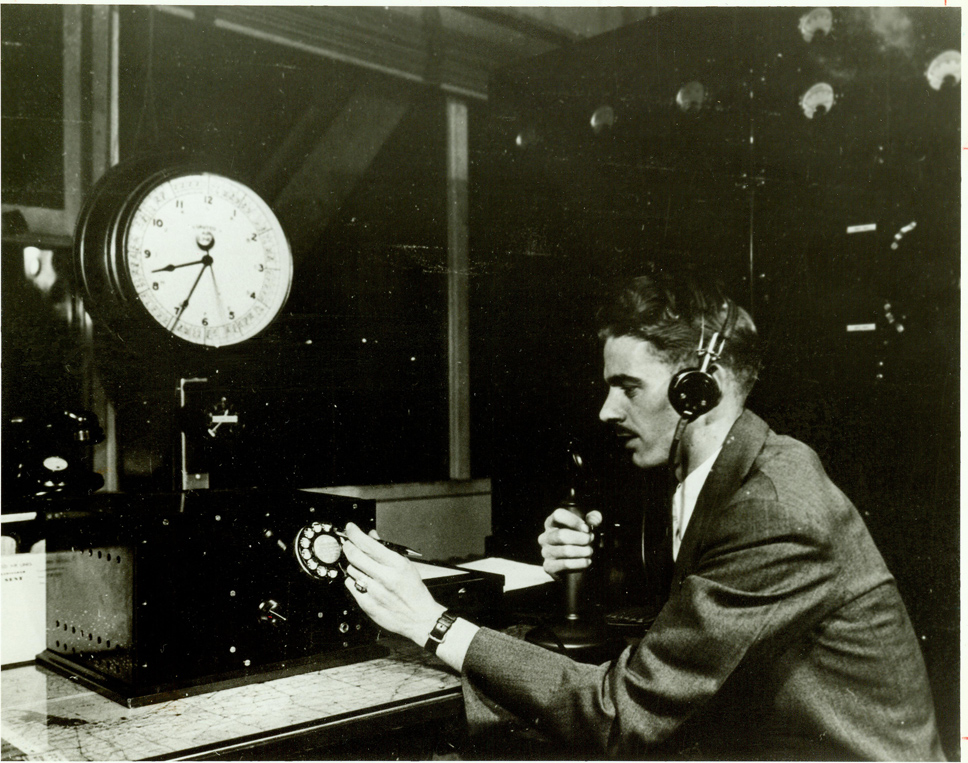 Aircraft dispatchers played crucial roles in many of aviation's defining moments. During World War II, they coordinated military transport operations, and in the post-war boom, they helped establish the foundations of modern commercial aviation. Today's dispatchers continue this proud tradition, combining advanced technology with expert judgment to:
Aircraft dispatchers played crucial roles in many of aviation's defining moments. During World War II, they coordinated military transport operations, and in the post-war boom, they helped establish the foundations of modern commercial aviation. Today's dispatchers continue this proud tradition, combining advanced technology with expert judgment to:
- Analyze weather patterns and forecast potential hazards
- Calculate fuel requirements and plan optimal routes
- Monitor flights in real-time and respond to emerging situations
- Coordinate with pilots, air traffic control, and ground operations
- Ensure compliance with federal regulations and company policies
Modern Dispatch Operations
In today's complex aviation environment, dispatchers utilize sophisticated computer systems, weather radar, and satellite communications to monitor multiple flights simultaneously. They serve as the central point of communication between various stakeholders, making critical decisions that affect thousands of passengers daily.
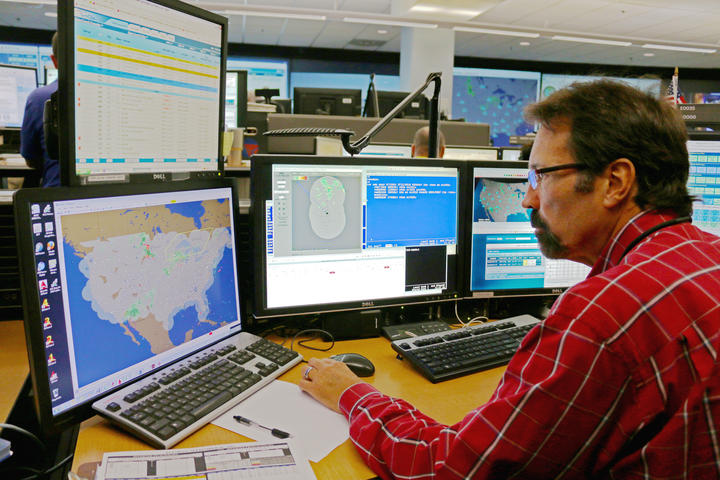
Certificated dispatchers undergo rigorous training and testing, maintaining certifications through ongoing education and evaluations. Their expertise spans meteorology, navigation, aircraft performance, regulations, and emergency management.
Official Recognition
In recognition of the vital role dispatchers play in aviation safety, several states have officially proclaimed November 1st as Airline Dispatcher Day. The governors of Georgia, Texas, and Illinois have signed official proclamations honoring the contributions of aircraft dispatchers to the aviation industry.
Looking to the Future
As aviation continues to evolve with new technologies and challenges, dispatchers remain at the forefront of innovation and safety. From managing sustainable flight operations to integrating artificial intelligence tools, these professionals continue to adapt and excel in an ever-changing industry.

Historical Sources
The Airline Dispatchers Federation owes a huge debt of gratitude to Steve Caisse (Delta Air Lines, Retired) and Carla Caisse (Southwest Airlines) who have tireless compiled historical documents on both the history of the Aircraft Dispatcher, as well as a complete historical record of the Airline Dispatcher Federation. A short excerpt from their full 1265 page reference document detailing the origins of the dispatch profession is well worth a read:
Early Dispatch History (excerpt)
Full Historical Document (1265 pages, over 500 mb)
Additionally, a copy of the Federal Register from September 30th 1937 detailing the changes to the Civil Air Regulations can be found here: https://www.govinfo.gov/content/pkg/FR-1937-09-30/pdf/FR-1937-09-30.pdf
